Tesla is setting the gold standard for innovation, performance, and most notably, sustainability. Tesla’s Supercharger network is often cited as a testament to its commitment to making green technology accessible and convenient. However, a recent revelation has cast a shadow over Tesla’s eco-friendly image. One of the company’s largest and most celebrated Supercharger stations located at Harris Ranch between San Francisco and Los Angeles, has been found to run in part on a diesel generator.
This discovery is not just a minor hiccup, it poses significant questions about Tesla’s dedication to sustainability and clean energy. As the world grapples with the urgent need to transition away from fossil fuels, the use of a diesel generator at a flagship Supercharger station raises concerns about the authenticity of Tesla’s green initiatives. It serves as a poignant reminder that even the most progressive companies are not immune to contradictions and challenges on the road to a sustainable future.
Table of Contents
The Harris Ranch Supercharger
Location and Significance
Situated strategically between San Francisco and Los Angeles, the Harris Ranch Supercharger serves as a vital pit stop for Tesla owners. Its convenient and scenic location on a resort-style ranch makes it more than just a recharging point – it’s a pleasant break on a long journey.

The Harris Ranch Supercharger isn’t just another charging station, it’s a behemoth in the world of electric vehicle infrastructure. With an impressive 98 charging spots, it holds the title of the world’s largest bank of Tesla Superchargers. This capacity is not just a functional asset but also a symbol of Tesla’s ambition in the green energy sector.
A Popular Destination for Tesla Clubs
Beyond its utility, the Harris Ranch Supercharger has evolved into a cultural landmark within the Tesla community. Tesla clubs often organize rally-style drives to this location, making it an appointment destination to celebrate the brand’s achievements and community spirit.
While the Harris Ranch Supercharger stands as a testament to Tesla’s vision for a sustainable future, the recent revelation about its partial reliance on a diesel generator adds a layer of complexity to its story.
Tesla Supercharger Running on Diesel Generator
The news about the diesel generator at Harris Ranch was not a casual discovery, it was the result of investigative journalism by Edward Niedermeyer. Known for his in-depth reporting on the automotive industry, Niedermeyer took it upon himself to peel back the layers of Tesla’s clean energy claims, revealing a less-than-perfect reality.
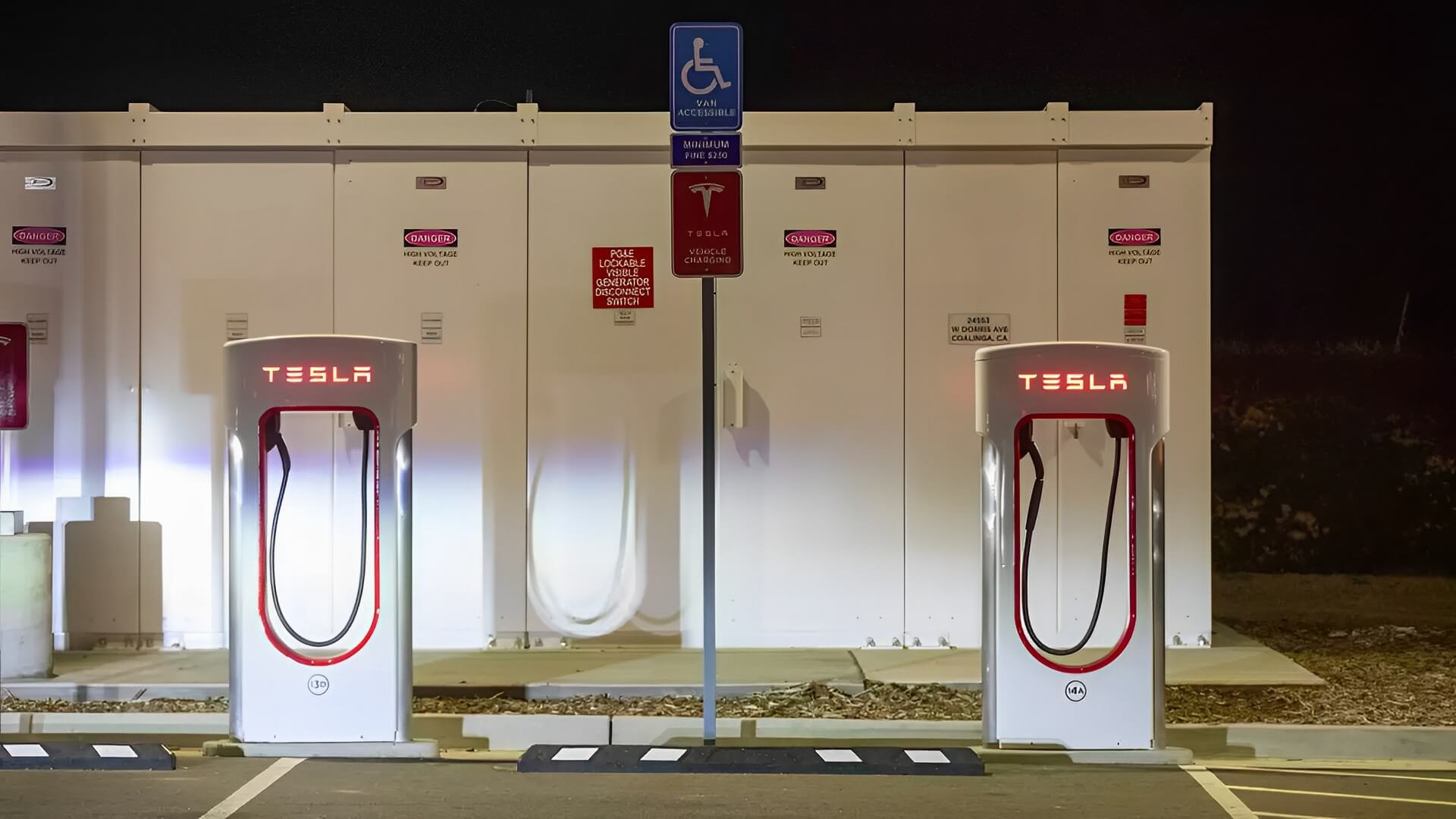
Location of the Diesel Generator
The diesel generator at Harris Ranch is not prominently displayed but rather hidden in plain sight. Situated behind a Shell station, just across from the main Supercharger stations, the generator is easily overlooked unless one knows where to look. Its discreet location raises questions about whether Tesla intended to keep this auxiliary power source under wraps.
Role During Peak Times
The diesel generator doesn’t just serve as a backup, it plays a significant role in supplementing the Superchargers, especially during peak times like holidays. When the demand for charging spots exceeds the station’s capacity, the diesel generator kicks in to ensure that Tesla owners can continue their journeys without significant delays. This reliance on a fossil fuel-based power source during high-demand periods contradicts Tesla’s sustainability ethos and raises questions about the company’s long-term plans for clean energy.
The presence of a diesel generator at one of Tesla’s flagship Supercharger stations is more than just an operational detail, it’s a chink in the armor of Tesla’s green image. The revelation, brought to light by Edward Niedermeyer, serves as a sobering reminder that the road to sustainability is not always as straightforward as it seems.
The Broken Promise of Solar Power
In 2017, Elon Musk made a bold promise that captured the imagination of environmentalists and Tesla enthusiasts alike. He declared that Tesla’s Superchargers would be entirely solar-fed, painting a picture of a future where Tesla’s charging infrastructure would be as green as the vehicles it powers.
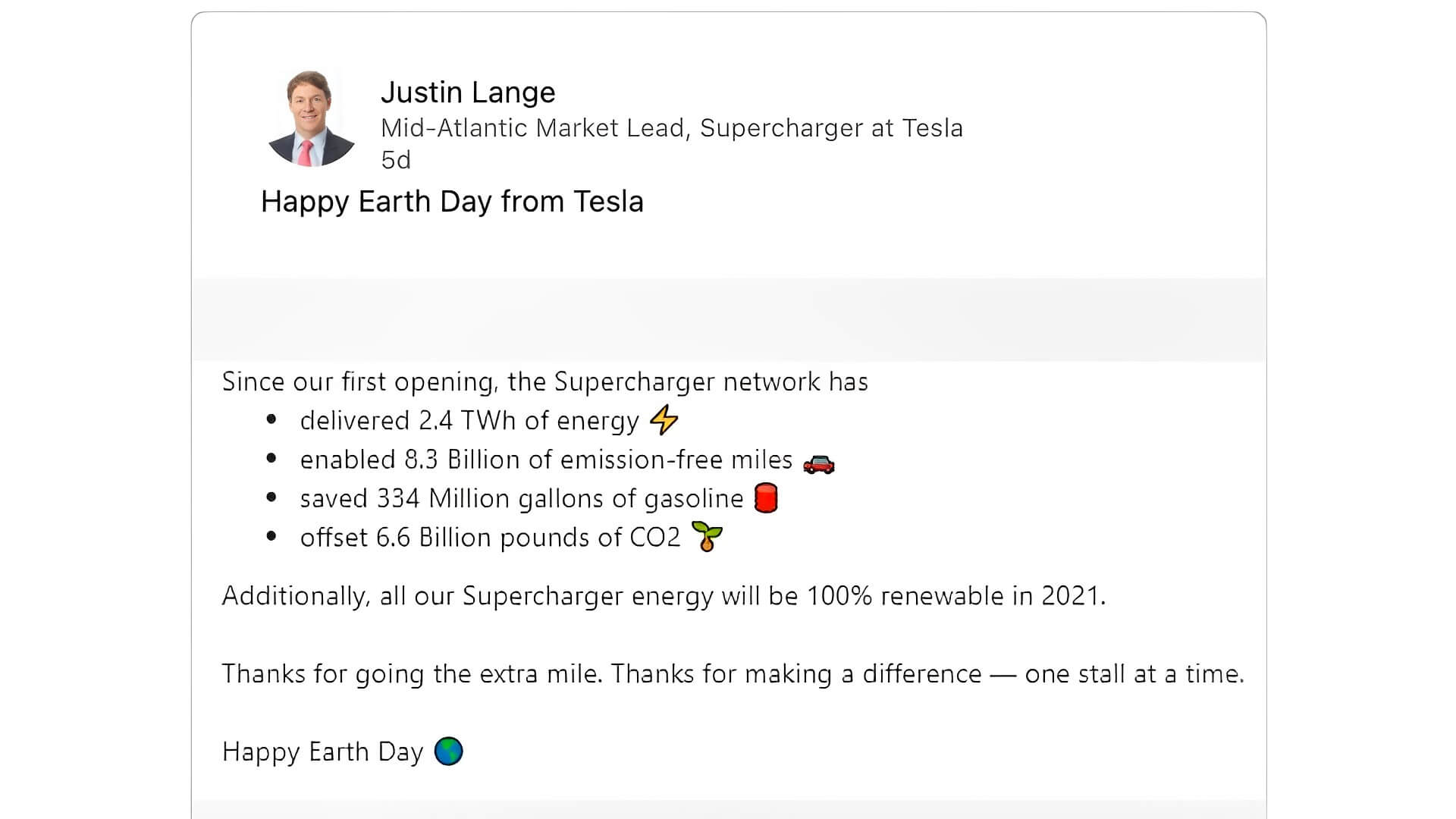
The Current Reality at Harris Ranch
Fast forward to today, and the situation at Harris Ranch stands in stark contrast to Musk’s ambitious vision. The use of a diesel generator to supplement the Superchargers, especially during peak times, is a far cry from the solar-powered utopia that was promised. This discrepancy between promise and reality not only raises eyebrows but also questions the integrity of Tesla’s commitment to renewable energy.
To add another layer of complexity, even the most advanced apps designed to track the energy source of Superchargers fall short when it comes to Harris Ranch. These apps, which aim to provide transparency about the type of energy being used, are unable to determine the actual percentage of power generated via diesel at this particular location. This limitation further muddies the waters and makes it challenging to hold Tesla accountable for its energy sourcing.
Implications for Tesla’s Image
The use of a diesel generator at the Harris Ranch Supercharger doesn’t just represent a logistical choice, it has far-reaching implications for Tesla’s brand image and credibility. For a company that has built its reputation on leading the charge towards a sustainable future, the reliance on fossil fuel-based power, even if partial, is a significant setback. It undermines the trust that consumers and investors have placed in Tesla’s commitment to green energy.
Edward Niedermeyer, the investigative journalist who first broke the story, had strong words about the impact of this revelation on Elon Musk’s public persona. According to Niedermeyer, “Once you stop taking Musk at his word, his heroic popular image evaporates, and a far darker reality begins to reveal itself.” This statement encapsulates the sentiment that the diesel generator issue is not just a minor operational detail but a major blow to Musk’s image as a visionary leader in sustainability.
Conclusion
The Harris Ranch Supercharger, one of Tesla’s flagship charging stations, has been revealed to partially rely on a diesel generator for power. This discovery, made public by investigative journalist Edward Niedermeyer, contradicts Tesla’s claims of being a fully sustainable and green energy company. The situation is further complicated by the limitations of tracking apps and the unfulfilled promise by Elon Musk to make Superchargers entirely solar-fed.
This incident is not just a blemish on Tesla’s record, it serves as a cautionary tale for the entire green energy sector. As the world increasingly turns to renewable energy sources, the credibility and authenticity of companies in this space become paramount. The Harris Ranch case underscores the need for rigorous scrutiny and due diligence to ensure that sustainability claims are not just marketing gimmicks but are backed by concrete actions.
The road to a sustainable future is fraught with challenges and complexities. However, these obstacles should not serve as an excuse for lapses in transparency and accountability. Companies, especially industry leaders like Tesla, must be held to the highest standards when it comes to their environmental commitments. Only through open dialogue, rigorous scrutiny, and a commitment to continuous improvement can we hope to achieve the sustainable future we all aspire to.

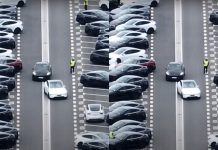
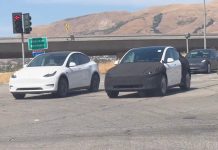
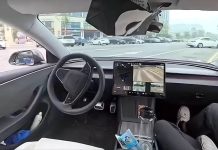
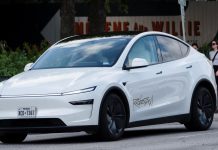









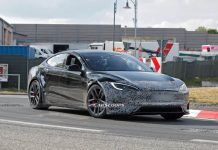
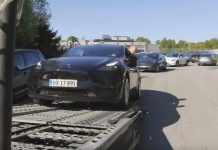
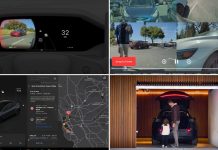
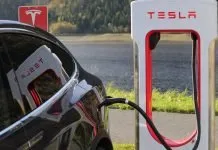

“The electric company transformers and meter switchgear are clearly visible on the site and there is connection to the 12000V high voltage power lines just a quarter mile down the road. The building behind the gas station is a generator, buy not electric…its a hydrogen generator for the hydrogen pump.